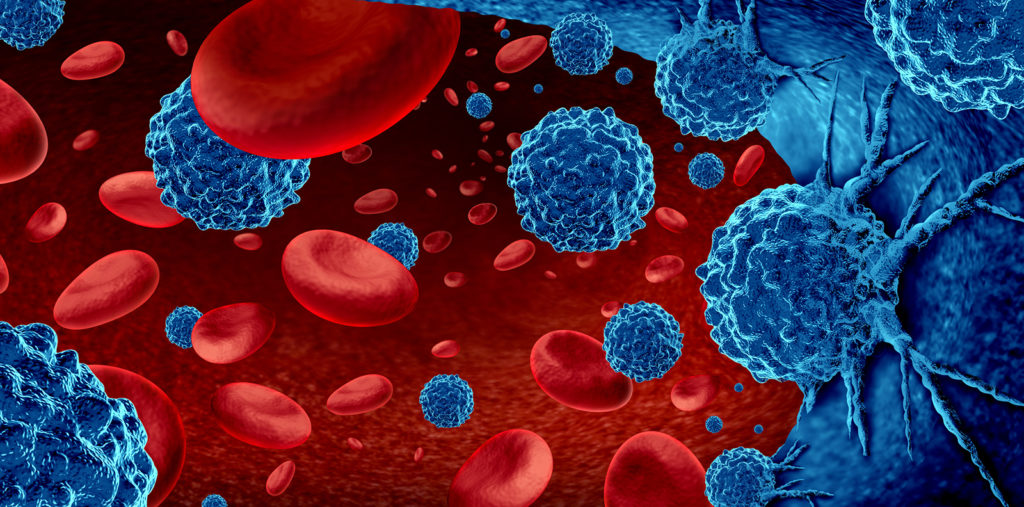Leave a Comment:
2 comments
Why does our non-secretory status not fit into the usual definitions of response?
Reply
Multiple Myeloma an incurable disease, but I have spent the last 25 years in remission using a blend of conventional oncology and evidence-based nutrition, supplementation, and lifestyle therapies from peer-reviewed studies that your oncologist probably hasn't told you about.
Click the orange button to the right to learn more about what you can start doing today.

“In contrast, monitoring non-secretory multiple myeloma (NSMM) relies far more heavily on PET/CT scans and frequent bone marrow sampling…”
Hi David- I hope you are well. I took your online course a few years ago. I am also non-secretory. I had conventional chemo treatment in Jan-Apr 2019 followed by an autologous stem cell transplant in July 2019. I’ve been well since. I opted not to take any maintenance chemo and my oncologist wasn’t pushing too hard.
My freelight chains started to change about 3 months ago. They have been steadily climbing.
As for my bone health, I’ve had both an MRI and PET in the past month and everything has been looking good actually.
I just got my last monthly bloodwork today and my Kappa FLC has almost doubled. Lambda is still over the lower limit. My FLC ratio is 6.55 which is the highest I’ve ever had. Even when diagnosed in late 2018 my highest ratio was only 3.96. My b0ne marrow biopsy showed 90-95% malignant cells.
I’m heading to a vegan detox tomorrow for a week of intense diet and wellness sessions. I’m hoping to redo my free lights after that to see if it will be enough to stop the increase.
My oncologist is on the fence about treating right now as there is no damage to my organs of bones at the moment. His theory is wait until things start to show on PET and or MRI then treat.
I didn’t feel well when we did do the chemo so I’m ok not taking any treatment but also starting to really worry about these numbers climbing.
If you have any thoughts you would like to share I would really appreciate it. Scott
Hi Scott-
Recommended Reading:
“Multiple myeloma (MM) is the second most common hematologic malignancy in the US. It is typically characterized by production of large amounts of defective immunoglobulin (Ig). Diagnosing MM and monitoring treatment response, including eventual relapse, are largely based on sequential measurements of Ig.
However, a small subset of MM called non-secretory multiple myeloma (NSMM) produces no detectable Ig. This subset of true NSMM has become even smaller over time, as the advent of the serum free light chain assay has resulted in the majority of NSMM patients being recategorized as light-chain MM – that is, MM cells that produce only the light-chain component of Ig.
True forms of NSMM, meaning MM that secretes no monoclonal proteins whatsoever, constitute a distinct entity that is reviewed; definition of NSMM using current detection methods, discuss the biology underpinning NSMM development, and share recommendations for how NSMM should be managed clinically with respect to detection, treatment, and monitoring…”
The exact nature of measurable malignant Ig can vary; MM Ig typically can be detected in serum and/or urine as 1) high concentrations of a full Ig molecule consisting of heavy and light chains bound together; 2) high concentrations of the full Ig molecule plus high concentrations of light chains unbound to heavy chain (free light chains [FLCs]); or 3) primarily FLC in the presence of very small amounts or even no complete Ig whatsoever. A fourth entity exists, which is production of free heavy chain in the absence of bound light chain, but this is very rare…
Overall, NSMM is rare and its biology is incompletely understood. Therapy based on contemporary data should match that for secretory MM. In contrast, monitoring NSMM relies far more heavily on PET/CT scans and frequent bone marrow sampling. Ultimately, clinical trials dedicated to NSMM would be very useful, although the challenges of NSMM’s rarity and the fact that an NSMM trial would require a complete revision of the well-established response criteria used to follow secretory forms of MM make such a prospective trial unlikely…”
Why does our non-secretory status not fit into the usual definitions of response?
Reply